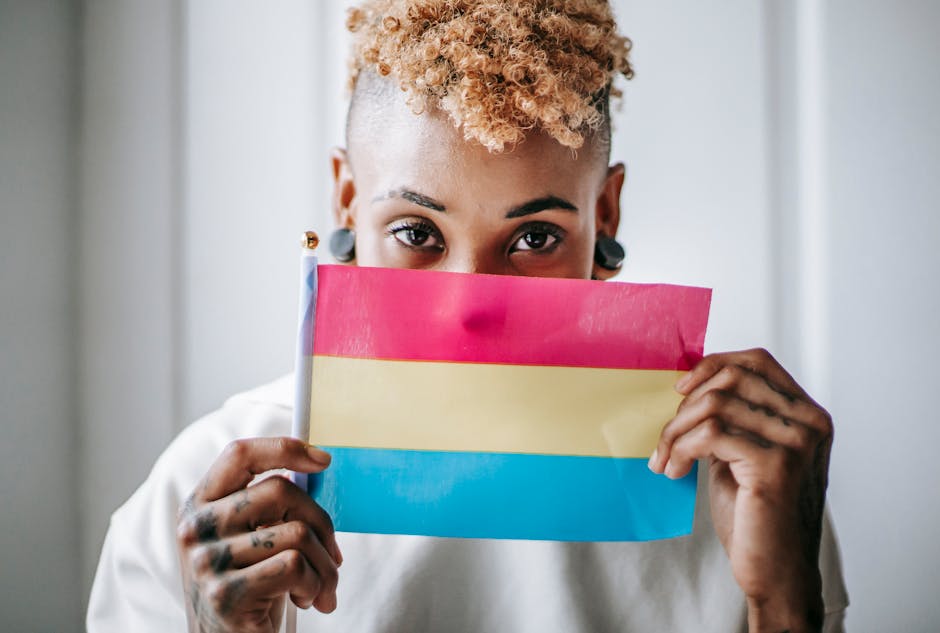The Intersection of Psychology and Photography
Portraiture goes beyond simply taking photos. It's about understanding body language and subtle cues. Camera angles influence how we perceive the subject – an upward angle can command respect, while a downward view may show vulnerability.
Connecting with the subject is key. It's about creating genuine comfort and seeing them as humans with stories. Your camera becomes a tool for empathy, allowing you to capture authentic moments.
When you engage with subjects, you experience a slice of their journey. This fosters sincere portraits where people feel seen and heard. It requires tuning into your own humanity as much as theirs.
The human spirit in portraiture blossoms when approached with curiosity. Each face contains countless chapters, with stories running through every lens. Finding balance between technical skill and psychological insight is essential for creating meaningful portraits.
Camera Angles and Psychological Impact
Camera angles in portraiture subtly yet powerfully shape the image's story and the viewer's perception. A low angle can impart dominance and authority, ideal for photographing leaders or speakers. In contrast, a slightly elevated angle can evoke vulnerability and openness, revealing softer, more introspective sides.
A straight-on shot offers a sense of approachability and equality, inviting viewers into a dialogue with the subject. It's effective for appearing genuine and relatable in social media or professional headshots.
Studies show we subconsciously interpret these visual cues. For instance, photos of men taken from below and women from above align with cognitive biases about dominance and compliance.
Understanding camera angles gives photographers an edge in various contexts:
- In business portraits, a slight upward angle can exude confidence while maintaining approachability.
- For personal settings, angles can shift to tell different stories or reveal vulnerability.
The skilled photographer knows when to use each angle to complement the subject's story. It's about aligning visual perception with inner truth, creating portraits that resonate deeply with viewers.
Building Rapport and Eliciting Genuine Expressions
Building rapport is crucial for capturing authentic portraits. It's about creating a welcoming environment where subjects feel at ease to show their true selves. Humor can be a great icebreaker, turning the camera from an impersonal observer into a friendly ally.
Empathy is equally important, silently acknowledging the subject's emotions. It's about creating an unspoken understanding that invites authenticity without pressure.
Engaging in meaningful conversation helps uncover layers beneath the surface. Small talk can bloom into heartfelt stories, naturally crafting the foundation for an authentic portrait. Being attuned to the subject's emotional state allows you to adjust your approach, leading to spontaneous and genuine expressions.
"The magic of portraiture lies in capturing the soul behind the smile."
By fostering a space of humor, empathy, and genuine conversation, you invite subjects to reveal their essence. The result is not just a snapshot, but a heartfelt portrayal of the human experience.
Gender Dynamics in Portrait Photography
Gender dynamics in portrait photography require balancing perception, identity, and respect. As societal understanding of gender evolves, photographers must go beyond traditional visual cues to honor each subject's authentic essence.
Historically, masculine portraits emphasized strength through direct angles, while feminine ones used softer light and poses. Today's photographers can break from these conventions by respecting individual identity presentation.
Engaging subjects in dialogue gives insight into how they see themselves. Offering a collaborative environment during the shoot empowers subjects to present authentically. This might mean:
- Letting them choose poses
- Allowing input on lighting setups
- Discussing preferred angles or expressions
The challenge lies in crafting honest images without being reductive. Portraits can become powerful affirmations of identity, celebrating human diversity beyond gender binaries. They invite viewers to engage with subjects' multifaceted realities, reflecting the fluid nature of gender in society.

Technical Aspects and Their Psychological Effects
In portrait photography, technical elements like lighting, composition, and focus shape the emotional depth of an image. Lighting sets the emotional tone – soft, diffused light suggests warmth and vulnerability, while dramatic lighting can evoke mystery or intensity.
Composition guides the viewer's eye and tells a story. A centered subject offers stability, while an off-center placement might convey introspection. The rule of thirds creates dynamic tension, balancing elements within the frame.
Focus, particularly depth of field, directs attention and creates atmosphere. A shallow depth of field isolates the subject, fostering intimacy, while a broader focus embeds them in their environment.
These technical decisions should support the portrait's psychological intent. By mastering these elements, photographers can guide viewers' emotional journey through the image. The result is a portrait that not only captures likeness but echoes the subject's inner world, offering a glimpse into the human experience.
In portrait photography, capturing a person's essence requires both empathy and technical skill. By connecting with subjects on a human level, photographers allow genuine personalities to shine through. This blend of understanding and artistry creates images that resonate deeply, offering viewers a glimpse beyond the surface.
- Makhanova A, McNulty JK, Maner JK. Relative Physical Position as an Impression-Management Strategy: Sex Differences in Its Use and Implications. Psychol Sci. 2017;28(5):567-577.
- Begley A. The Great Nadar: The Man Behind the Camera. Tim Duggan Books; 2017.
- Lacoste A, Hellman K. Nadar: The Photographer Who Invented Celebrity Culture. Getty Publications; 2018.























